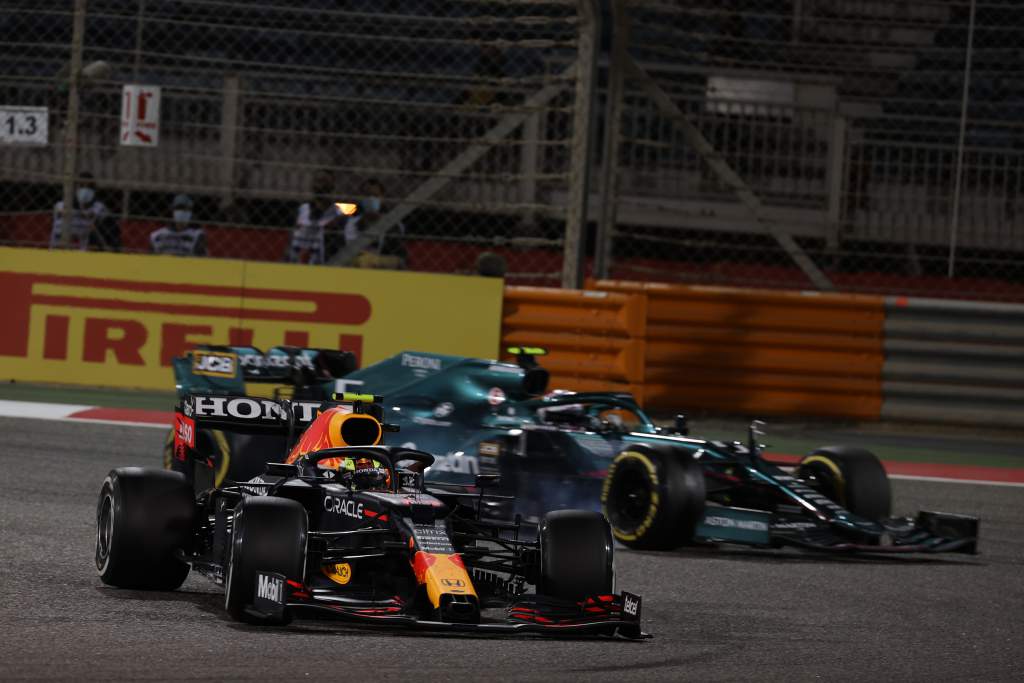Up Next

Watching Sergio Perez’s Red Bull Formula 1 debut slip towards a non-start, only for his situation to suddenly switch from helplessness to salvation, was an unexpected piece of Bahrain Grand Prix theatre.
Perez’s car cut out completely towards the end of the formation lap, and he gradually coasted to a stop on the run to the final corner, devoid of any radio communication with his team in the process.
After removing and refitting the steering wheel and attempting to quickly reboot the system to no avail, Perez lightly thumped the wheel with frustration as two marshals began to push the stricken RB16B backwards to a safe place. “I was about to jump out of the car,” Perez says.
Then, 1m42seconds after the car cut out, a small light flicked on to the right of the steering wheel display. Perez noticed it immediately. He tried the radio button – the system was not up and running yet, but he heard “radio check” from his engineer’s end. Nothing more, but the dash then fired into life as well. Perez waved the marshals away.
As the team still attempted to get hold of its driver, Perez worked through the restart procedure on his wheel. Then the car fired into life. “Yep, I’m able to turn on the car now,” he reported.
Perez cycled down from fifth gear (which the car was in when it cut out) to first, pulled away, and under instruction from his race engineer – and team manager Jonathan Wheatley – returned to the pits. He’d have to take the start from the end of the pitlane, but having spent an excruciating 60 seconds or so sat stationary by the side of the road, any way of taking the start was a bonus.
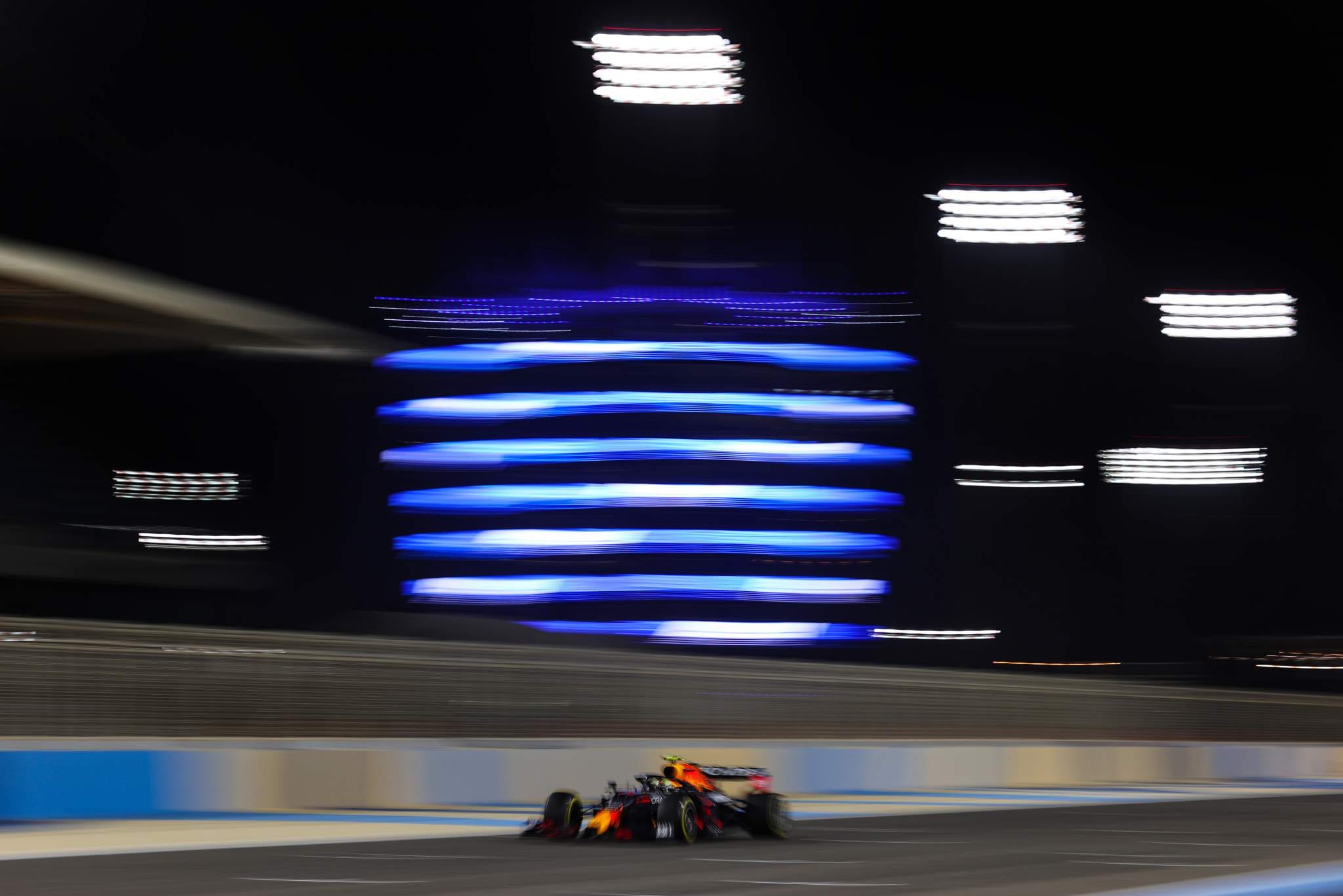
“It’s quite entertaining, the sequence of events,” chief engineer Paul Monaghan admits.
“The thing’s lost all its electrical power. Checo has the presence of mind, like your laptop’s gone wrong, to switch it off, switch it on again. The steering wheel burst back into life, he starts the engine, gets round, comes through the pitlane, waits for everybody else to form themselves up and starts from the pitlane.
“As is often the case with this sort of intermittent fault, the car then runs faultlessly for the race of course. It’s just entertainment now.”
It was a lot easier for Red Bull and its new driver to see the funny side once Perez had translated that pitlane start into a fifth-place finish, too.
Red Bull signed Perez because it wanted a more experienced, reliable second driver alongside Max Verstappen. The minute or two when his race hung in balance and he was left to deal with it solo probably wasn’t quite the sort of example the team expected that skillset to be deployed in. But the recovery afterwards was.
“He did brilliant,” says Monaghan. “He recovered, he didn’t get frustrated. He hasn’t lost his motivation. He’s got on with it.
“He’s moved up through the field, done a very decent race and he’s got us a load of points from a formation lap where he’s parked at the side of the road with a dash with no colour on it and no power in the car and everything.
“Thank goodness for his presence of mind. He’s got no radio comms, we can’t tell him to do the ignition reset. And he did it for us.”
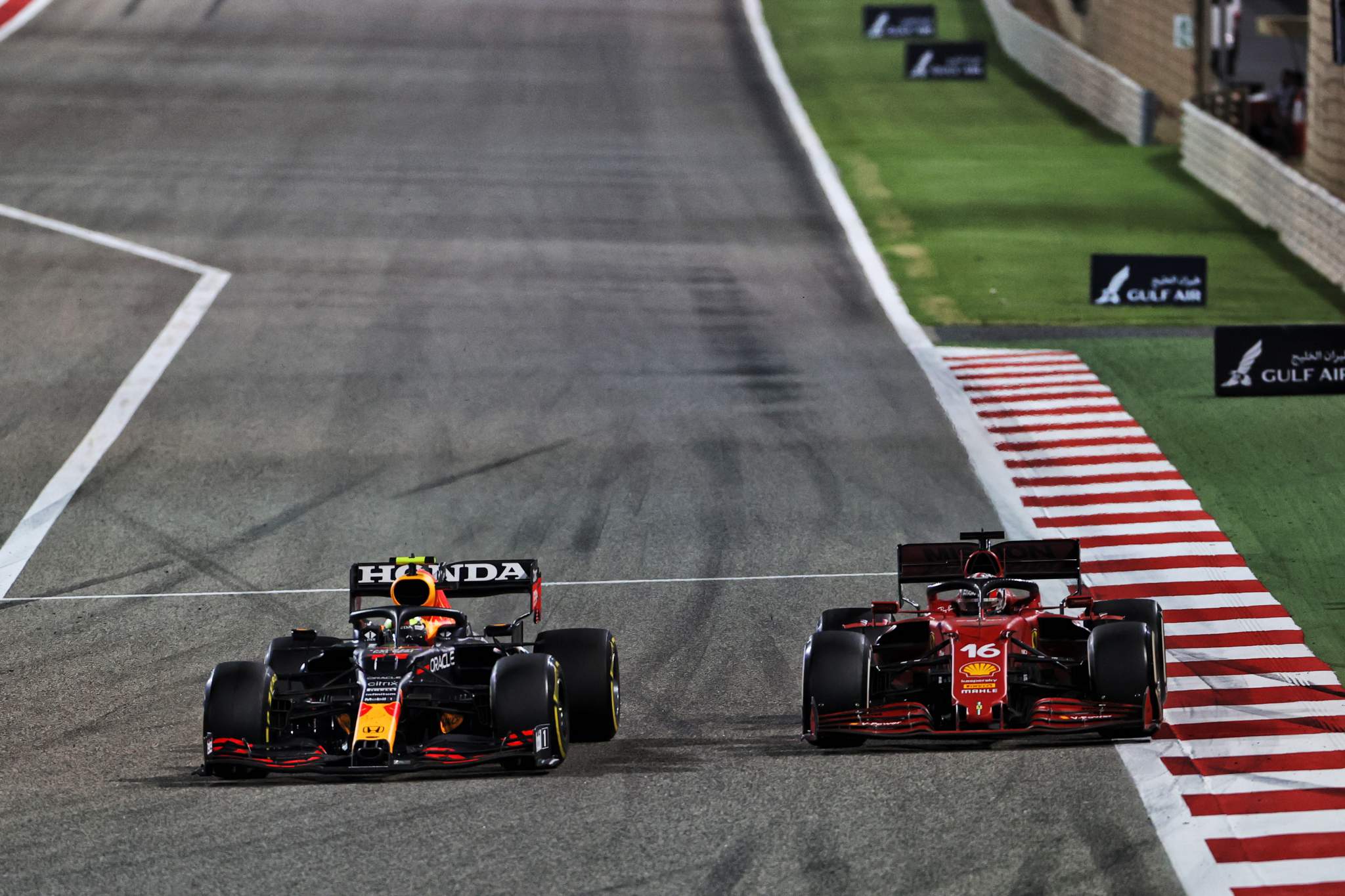
Despite climbing from the back to the top five, Perez’s race was rather straightforward by comparison. It was not easy, but it was remarkable free of fuss: catch a car, pass a car, catch a car, pass a car, until he ran out of time to catch and pass anyone else.
Perez says he didn’t really enjoy his recovery driver “because it was really like one after the other, my race never settled down”.
The early safety car allowed him to rejoin the back of the pack, which was a helpful start, and he made short work of the slowest cars while also efficiently picking offer the midfielders too.
But “it was one of those races that I lacked laps”, Perez says. “You’re against the time all the time.” So as he worked his way into the top 10, the gaps got bigger and gaining places got harder. Eventually, he finished just a few seconds shy of Lando Norris’s fourth-placed McLaren, which in the circumstances was an excellent recovery.
“I think his drive today was very mature,” says team boss Christian Horner.
“He showed his experience, he had an issue on the warm-up lap but he kept a very calm head, we lost all communication with the car, and he took control of the situation. He rebooted the car, got it going and I think his recovery drive was very strong.
“It’s very useful to him to get the time in the seat and get more used to the car. His overtaking his pace was very strong, so that’s encouraging for him.”
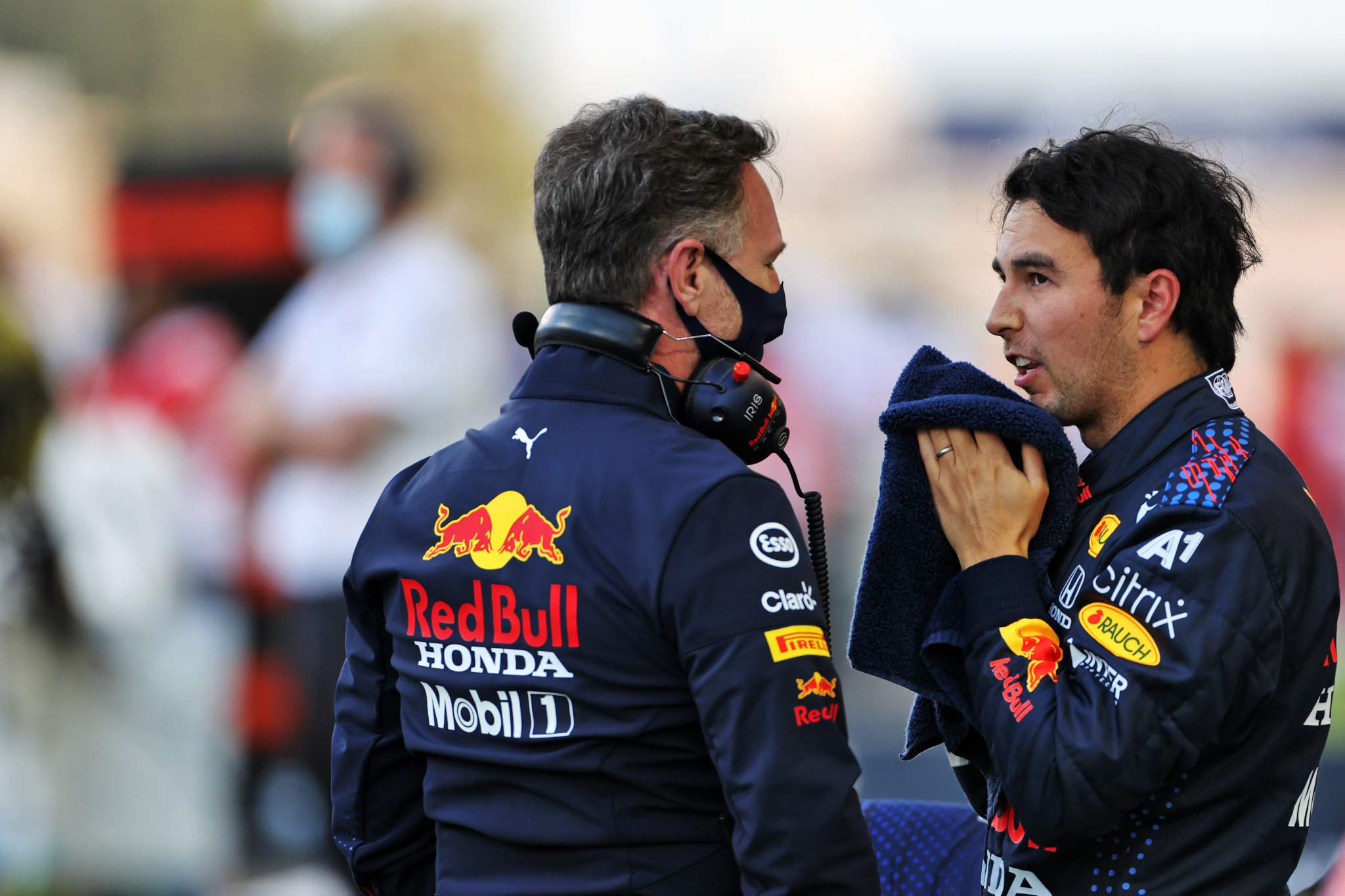
The most impressive thing about Perez’s drive was how no-nonsense it was. He never got stuck, he never let himself sleepwalk into following the car ahead too long, ruining his tyres or struggling in the wake. He was decisive with his overtakes, brave when he needed to be, and rapid in clear air – at times matching or outpacing team-mate Max Verstappen, who was fighting for the win.
It was a big statement of intent from Perez, who had struggled in qualifying and been eliminated in Q2. That marked an underwhelming start to his Red Bull career, but as a driver who has made a reputation for being a Sunday star he was always expected to be more of a force in the grand prix.
“The moment that everything comes together, we’re going to be really strong” :: Sergio Perez
The RB16B is clearly a very fast car, the fastest on the grid in fact. A good recovery drive would be expected, even in such tough circumstances. But producing such a strong performance on his debut will give Perez a lift, encourage his team, and more importantly than any of that give him a huge bank of data to pick over before the next race at Imola.
Comfortably Perez’s main takeaway from the grand prix was that he “enjoyed understanding the car” as he racked up crucial mileage. Those quick to criticise Perez’s performance in qualifying as ‘just another driver struggling in the second Red Bull’ would do well to remember this is a driver adapting to a completely different car concept with only one-and-a-half days of testing in the 2021 Red Bull before this weekend.
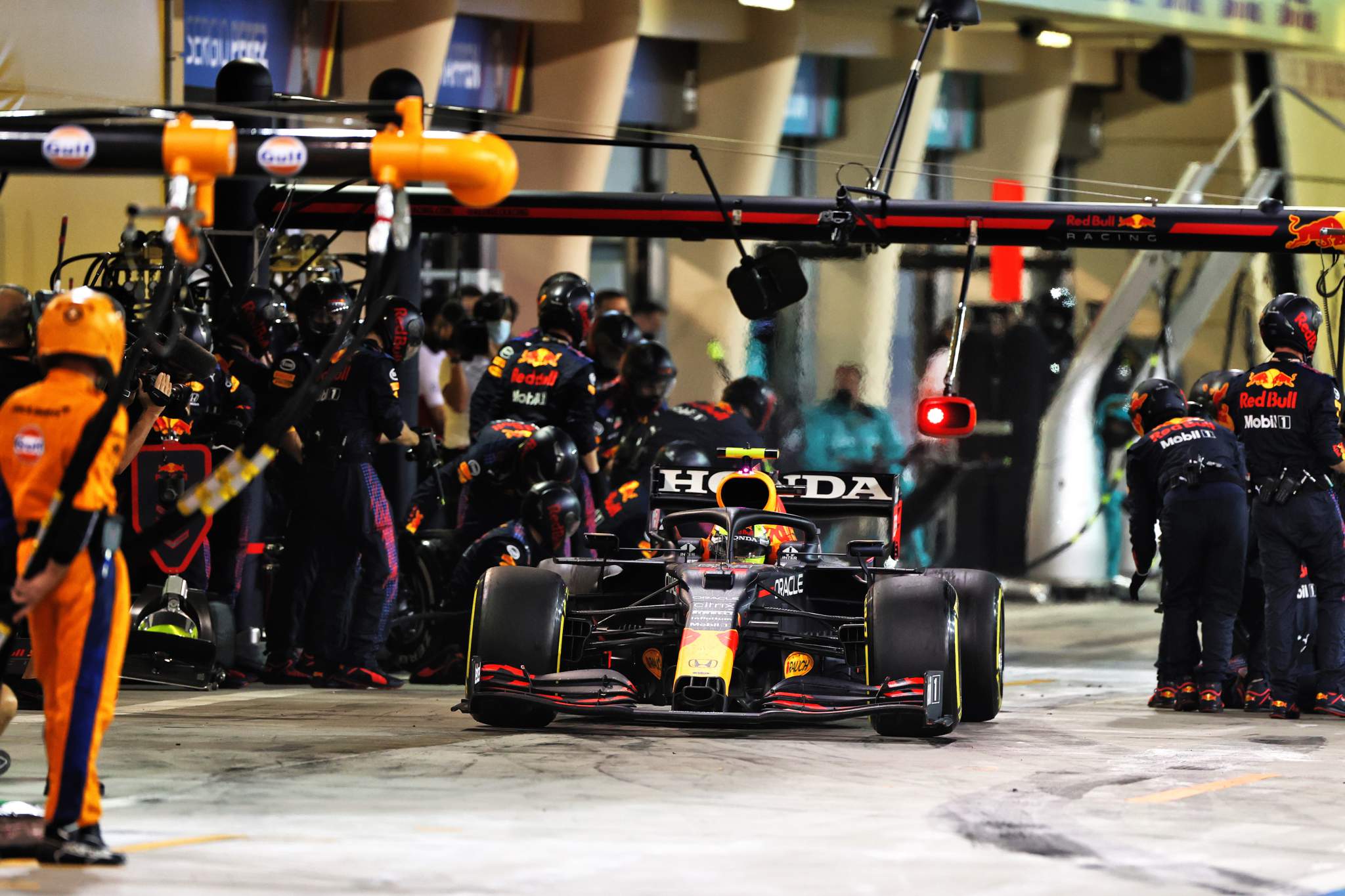
Perez had been gutted to miss out on Q3 on Saturday – a setback he took full responsibility for, having not hooked up the lap that was within his capabilities – because he felt those two runs on soft tyres would have been an immensely valuable part of his learning curve. That’s how much mileage Perez is missing at the moment and how important every bit of representative running can be.
“I was pleased just by the fact that we were able to get kilometres under my belt,” he says of his race.
“Missing Q3 really delayed our progression, because from qualifying, we can see that things are starting to click better and it’s a real shame that I didn’t maximise it.
“But I think things to started to click more lap by lap [in the race].
“The race pace was strong, but just so many things I can feel clicking. The moment that everything comes together, we’re going to be really strong.”
Perez’s outlook has more substance than just being a hopeful appraisal of the situation. He expects to make progress. His limitations versus Verstappen over one lap were very clear in Bahrain – qualifying was always going to be his big battle – but he is owning those limitations. The only reference to him not being able to do something with the car was his self-confessed shortcomings. There was no trace of Perez complaining about lacking anything from the car itself.
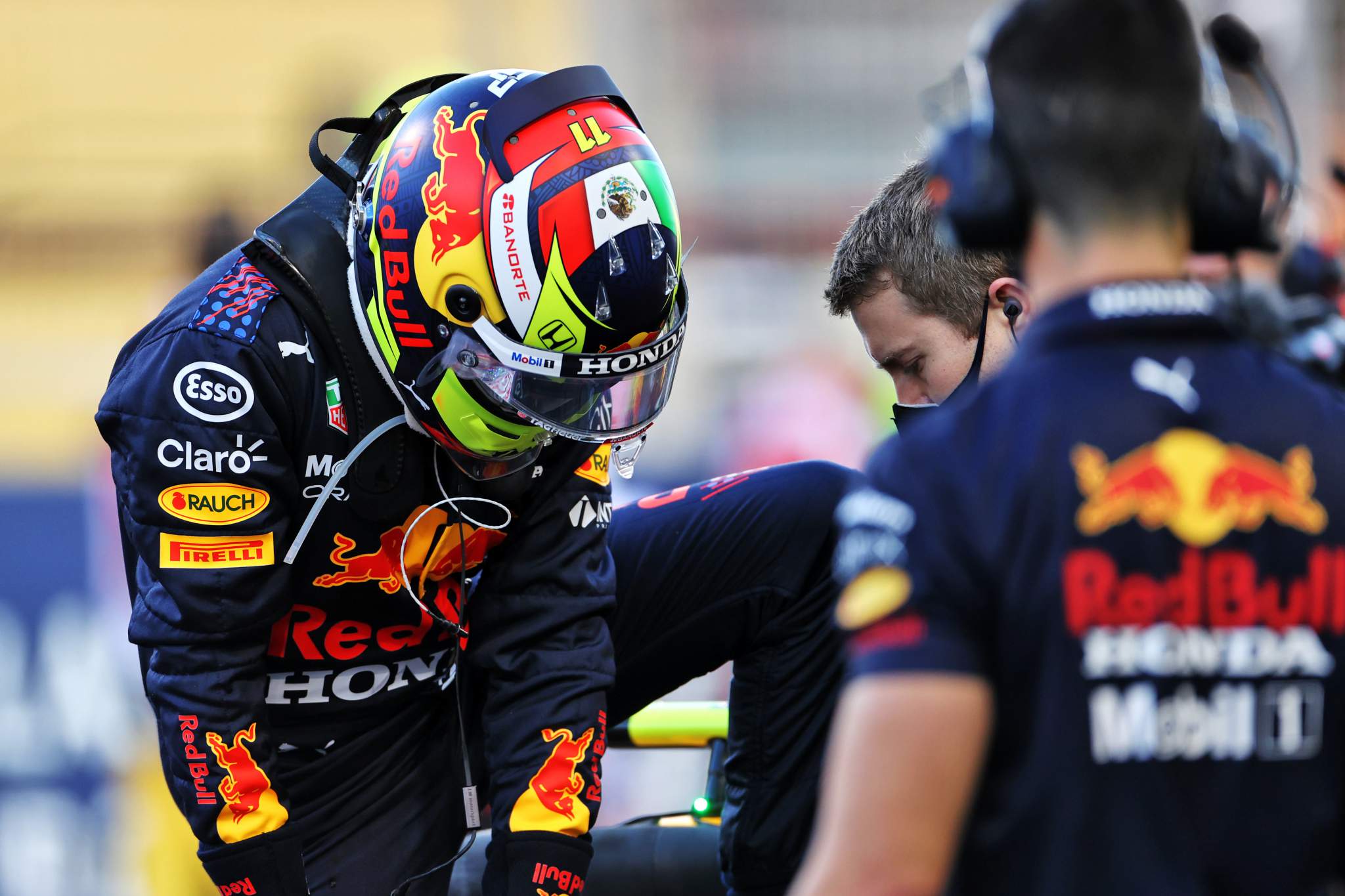
“Here the way that the wind is changing and that you just get a single lap, it hasn’t been easy to make that progression [over one lap],” he says.
“There are some specific problems related to the way I’m driving the car, I have to adjust my driving to the car.
“First thing is I need to make sure I’m driving the way the car needs to be driven, and then work from there.
“But it takes a while because it’s very different to what I’m used to.”
The success or failure of Perez’s Red Bull move was never going to be decided by what happened in Bahrain, but if he felt he needed time to start stringing everything together then his Sunday performance has earned him the right to ask for a bit of patience.
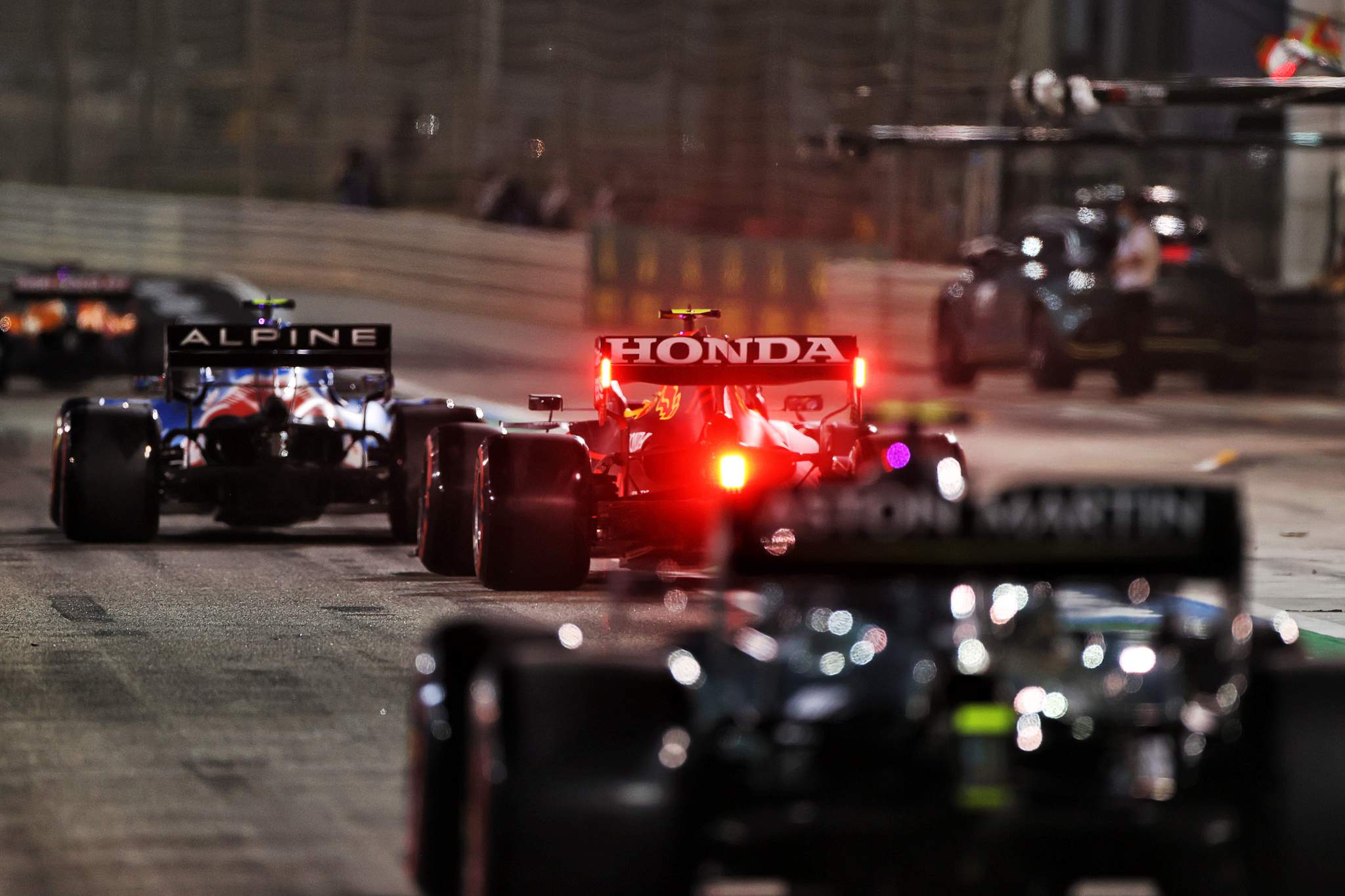
He needs to do a much better job in qualifying, starting immediately with the next race at Imola. But it was always likely that Perez would be closer to the maximum in a racing situation than over one lap with everything on the line. His grand prix was an excellent example of his race-day credentials, so Sunday already looks like it’s taking care of itself.
That just leaves Perez to chase those all-important qualifying gains, but he knows that and has a good idea of where they’ll come from.
Much like in those heart-stopping moments before the start of the race, Perez is hardly panicking.


